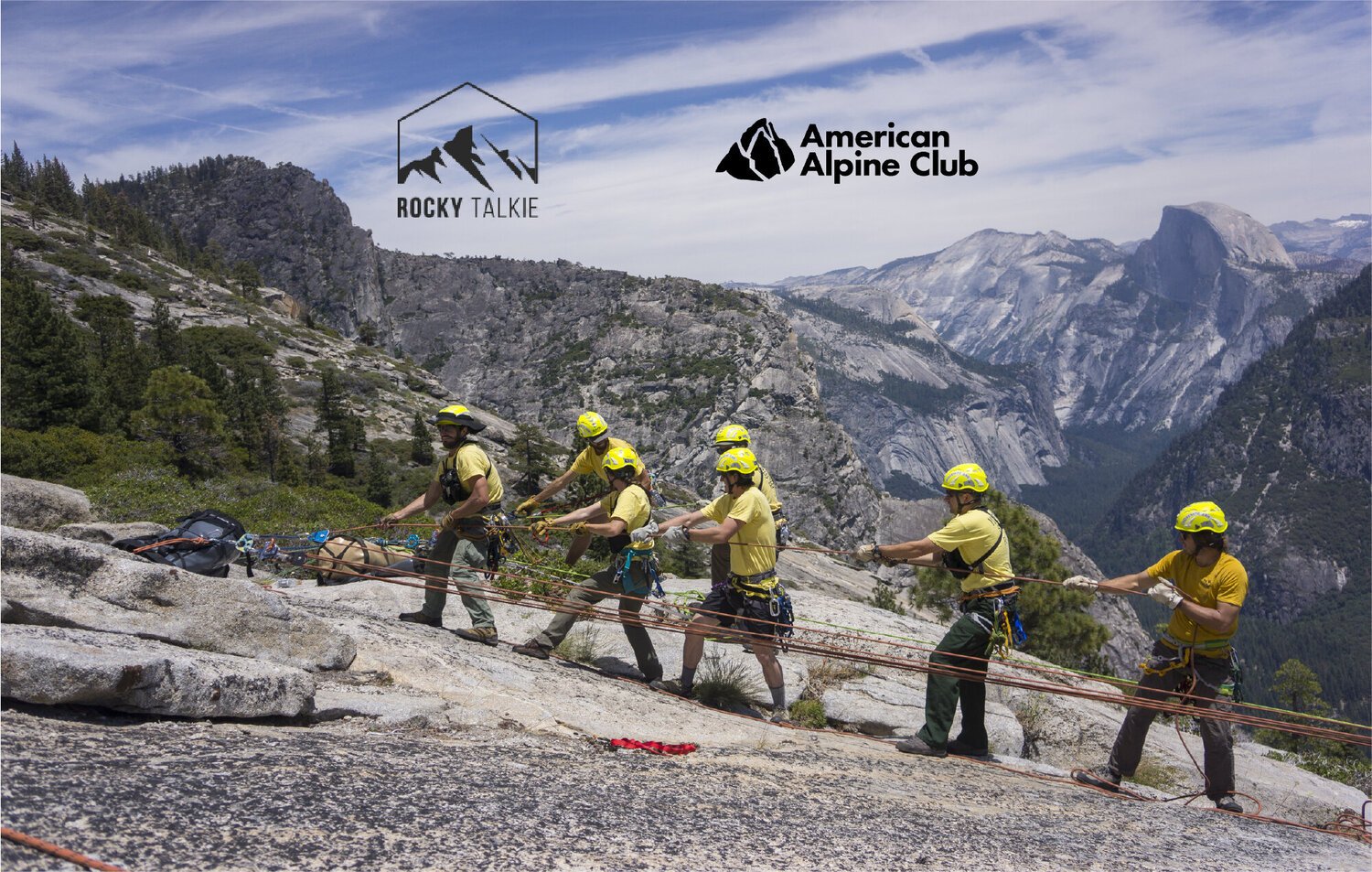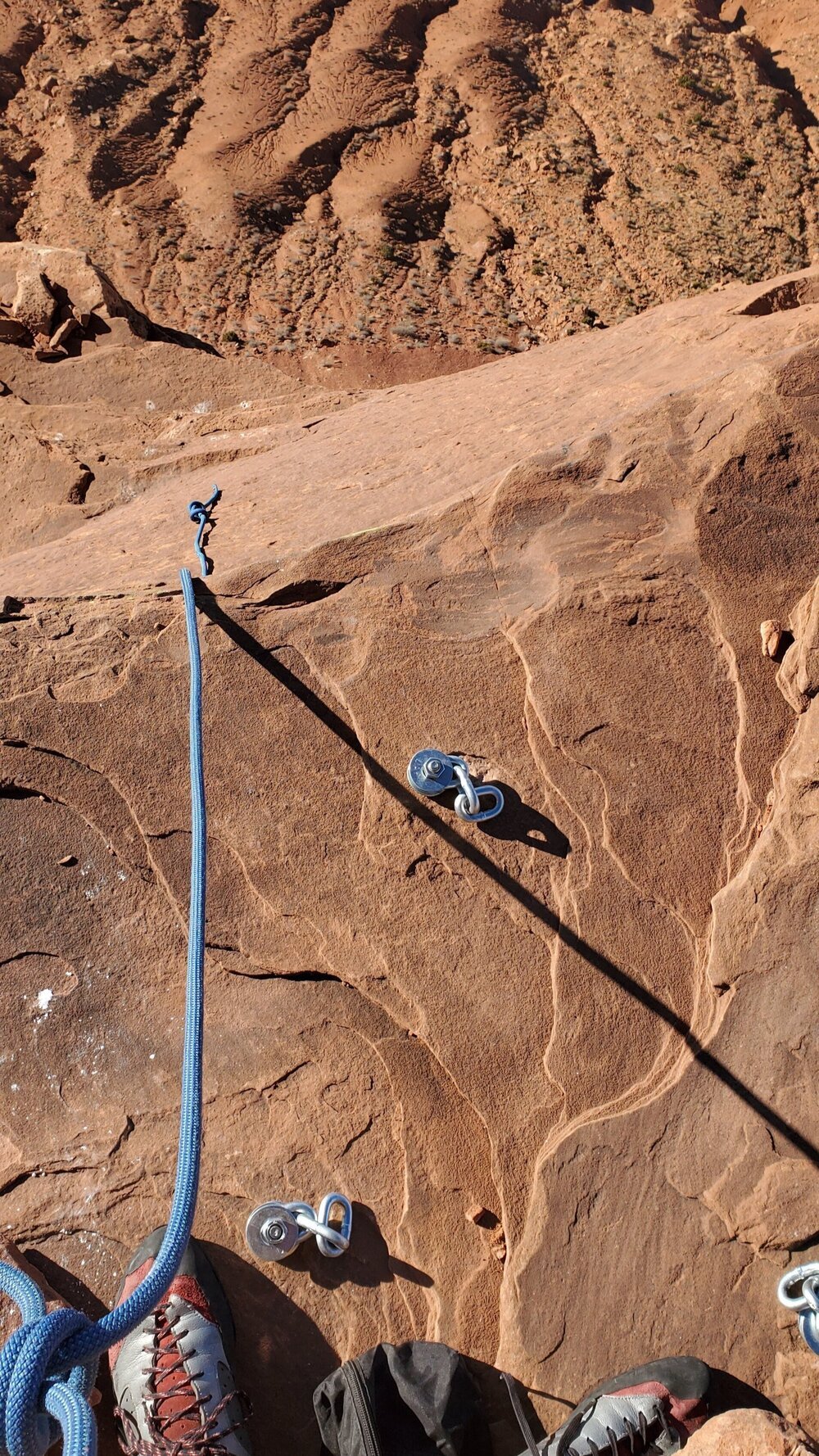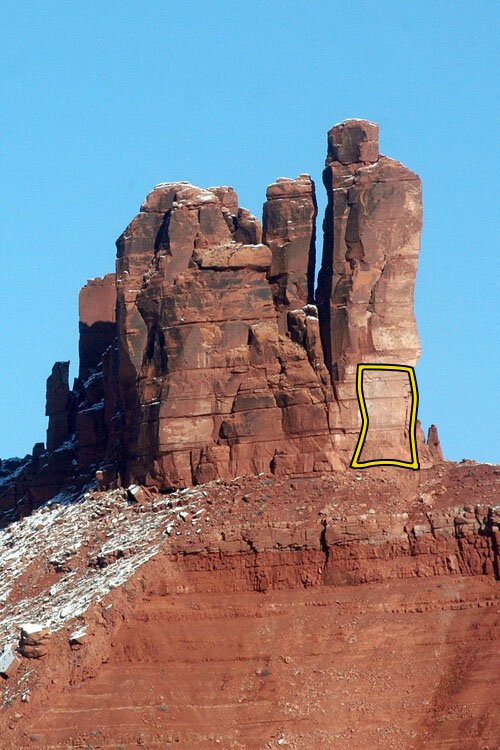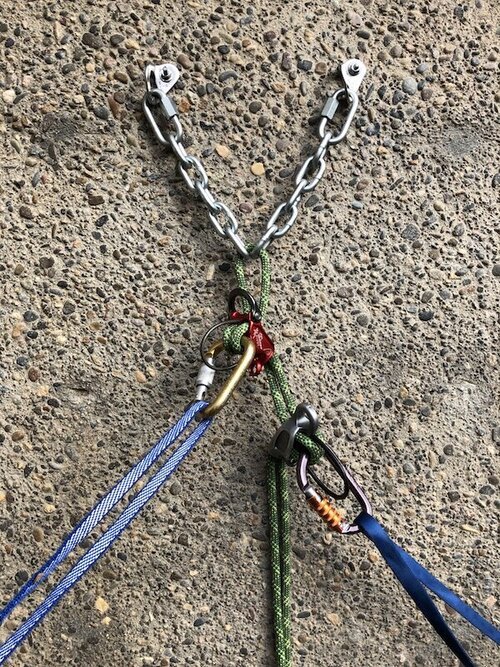The Prescription - November 2021
PETE TAKEDA TO EDIT ACCIDENTS BOOK
The American Alpine Club (AAC) is excited to announce Pete Takeda as the new editor of Accidents in North American Climbing. Pete is a longtime climber and expert in all forms of the sport, from single-pitch routes to big walls to mountain climbs around the world. Based in Colorado, Pete has worked as a writer and filmmaker (with a focus on climbing) for much of his life. He also has been a volunteer and Board Director for the AAC, the American Mountain Guides Association, and other organizations. After seven years at the helm of Accidents, AAC executive editor Dougald MacDonald is stepping aside to put more time into the American Alpine Journal and the AAC’s publications website.
Pete already has begun the transition into his role, starting work on the 2022 edition of Accidents. We asked him to share a few thoughts about the publication and his new job.
Q. When did you first start reading Accidents in North American Climbing?
Pete: I started reading Accidents in the mid-1980s. I had just started with serious climbing and found the accident accounts cautionary, insightful, and morbidly fascinating.
Q. What attracted you to the possibility of editing the publication?
Pete: In 2019, I interviewed Jed Williamson as part of a video project for the AAC. Jed was editor of Accidents in North American Mountaineering (changed in 2016 to its current and more accurate title) for 40 years. He spoke about the publication’s history and provided insights into how accidents have followed trends within our sport. He also had a fascinating analysis of the commonalities of most climbing accidents.
When the job posting came up, I got excited. Not only was it a chance to become more connected with the AAC, but also it dovetailed with my current book project, and the Accidents editor position is essentially a part-time job, one that gives me time to write—and climb.
Q. One of the things that came across in your interviews—and in your writing—is that you seem like an eager student of climbing, even after so many years in the sport. Do you still feel like you have a lot to learn?
Pete: I love climbing. I’ve given my life to it. Its disciplines are myriad, and one can never master them all. Each style informs the other. To thrive—and in some cases merely survive—one needs to continually learn. While climbing is unified by an elemental struggle against gravity, each game within climbing has its own physical and mental demands, and a distinct set of rewards. In an age of specialization, climbing offers the practitioner many chances to be a beginner again. When one takes on a different game within the sport, one is reminded of why they fell in love with it in the first place. To me, being a student of climbing for almost 40 years is the greatest gift I can imagine.
Q. We searched the archives, and you haven’t ever appeared in Accidents. But have you ever had a climbing accident yourself—or witnessed one—and how do you think this experience might affect your work as editor?
Pete: I’ve had my share of hospital visits, participated in rescues, self-rescued, and witnessed a dozen serious accidents—some with tragic results. I myself have almost been killed a half dozen times—avalanche, rockfall, exposure, and a few really bad falls. I’ve broken bones, lost teeth, starved, been parched, had AMS, gone snow blind, cut finger tendons, suffered superficial frostbite, and have had three major surgeries. Through all this, I’ve managed to self-rescue, or at least drive myself to the hospital.
“Big Wall Pete” on the cover of a 1993 issue of Climbing.
I’ve also trained as an EMT, so I have a basic understanding of first-line medicine. My body has fortunately survived my youthful (and middle aged) ego. I’ve gained a healthy respect for climbing hazards, and I do not hesitate to ask partners and professionals for advice and training on best practices. My experiences will hopefully provide a sound understanding of accident mechanisms across all the disciplines of climbing. Having suffered loss and injury, those same experiences should also provide a sense of compassion.
Q. As a longtime reader, you’ve seen some changes in the book. Do you have thoughts on how it might continue to evolve under your leadership?
Pete: I have a few ideas, but I’ll need to get up to speed and learn the job. One thing to note is that Accidents in North American Climbing represents more than 60 years of accident data and anecdotal descriptions. These are invaluable and should be put to more use. I feel that trends within climbing can be tracked and analyses made. Perhaps stronger partnerships with educational and commercial entities can create and inform existing curricula. We’re reaching the point where, with the explosion of popularity in climbing, organizations could really begin to use this information.
Q. People start climbing in such different ways than they did when you started a few decades ago. How can Accidents reach more modern climbers and help to educate them?
Pete: More than any other development, the indoor gym has revolutionized climbing. Most climbers today start climbing in gyms. Some can climb incredibly hard yet lack the very basics we once took as a given. Before 1995 or so, most climbers cut their teeth outside. We learned to use hardware and how to stay safe—or suffered the consequences. My hope is that Accidents might emphasize not only the bad things that happen, but also provide ongoing analyses, inform curricula, and work in partnership with groups like the American Mountain Guides Association, the Climbing Wall Association, outdoor companies, and so on to help educate new climbers.
Pete can be reached at [email protected].
SHARP END PODCAST: HAZARDS OF INFORMAL INSTRUCTION
Nick Tollison had been climbing for about three years before he headed to Clark Canyon, outside of Mammoth, California, with a friend and a more experienced acquaintance who had offered to mentor them in multi-pitch climbing. After warming up on some single-pitch climbs, the trio decided to break a long 5.8 pitch into two leads, with a midway hanging belay. During the descent, confusion at the midway anchor led to a potentially fatal fall. Learn more about this accident and the aftermath in Episode 70 of the Sharp End podcast.
ROCKY TALKIE SEARCH & RESCUE AWARD
REMINDER: Applications are being taken for the Rocky Talkie Search & Rescue Award, which will distribute a total of $25,000 to four nonprofit teams from the U.S. or Canada that were involved in a 2021 incident demonstrating their skill, passion, and dedication. Finalists will be chosen by a committee of Rocky Talkie, AAC, and SAR professionals, and the climbing community will vote on the ranking of the final stories. If you’re involved with a deserving Search and Rescue team—or if you were rescued in 2021—please consider sharing your story. Learn more and apply for the Rocky Talkie Search & Rescue Award here!
The monthly Prescription newsletter is supported by adidas Outdoor and the members of the American Alpine Club. Questions? Suggestions? Write to us at [email protected].

















































